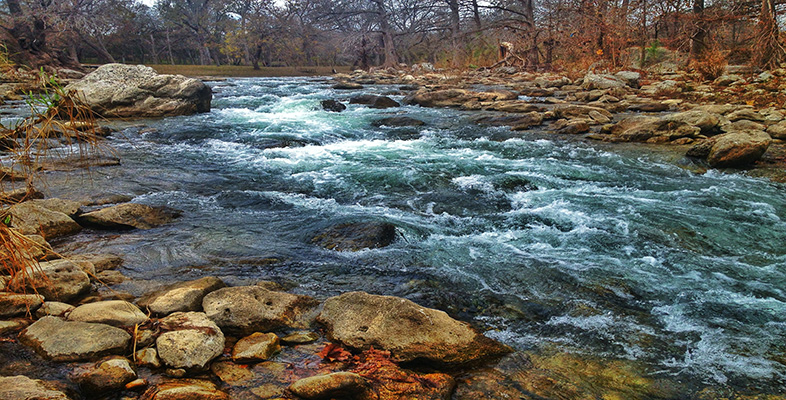3.5 Big dams in the future?
Throughout the 20th century, reservoir construction to improve water resources was considered a key component of development. It was undertaken universally by industrialized nations, and by the later 20th century, increasingly by developing nations, building bigger and bigger dams. More recently the debate over the environmental impact of big dams and their questionable cost-benefit analysis has been universally recognized. In the 1990s the Narmada scheme caused the World Bank to rethink its policy on financing big dams, and also triggered the formation of the World Commission on Dams in 1998 which published the influential Dams and Development: A New Framework for Decision-Making, in 2000.
There is the question of sustainable development (summarized in Sheldon, 2005). To be sustainable, development must meet the needs of the present without compromising the ability of future generations to meet their own needs. Environmentalist opponents to the Narmada scheme argued that it is non-sustainable, given the environmental side-effects and the fear that the necessary maintenance of the dams, reservoirs and irrigation canals may not be carried out.
Many big dam projects are complicated by their multipurpose nature, for any combination of water supply, flood prevention, and hydroelectric power. These purposes may conflict, as we saw, for example, for the Hoover Dam in the USA. For Narmada, one of the opponents of the scheme, the Booker prize-winning Indian novelist Arundhati Roy, wrote:
The thing about multipurpose dams like the Sardar Sarovar is that their purposes (irrigation, power production, and flood control) conflict with one another. Irrigation uses up the water you need to produce power. Flood control requires you to keep the reservoir empty during the monsoon months to deal with an anticipated surfeit of water. And if there's no surfeit, you're left with an empty dam. And this defeats the purpose of irrigation, which is to store the monsoon water.
(Roy, 1999)
Will sustainable development mean that no new big dams are built for water resources in the 21st century?
